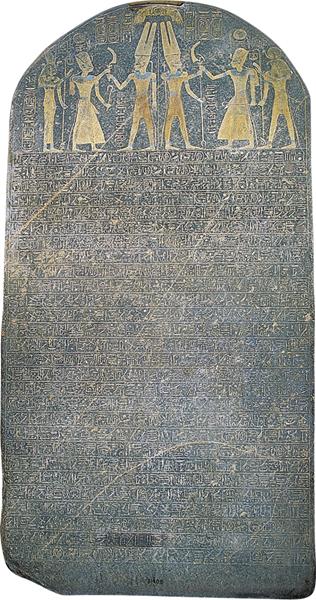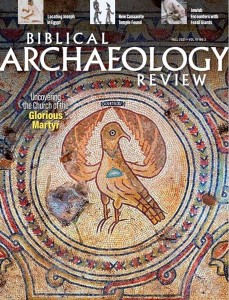Dating the Exodus
Sidebar to: Does Archaeology Confirm Joseph’s Time in Egypt?

While there has been much scholarship focused on the dating of the Exodus, there are essentially three major schools of thought on the matter.
The Early Date Theory sees the Exodus occurring in the mid-15th century B.C.E., followed by an invasion of Canaan roughly a generation later. These dates are initially derived from the Bible—specifically 1 Kings 6:1, which states that the Exodus occurred 480 years before construction began on the Temple of Solomon, in the fourth year of his reign (c. 966 B.C.E.). According to conventional Egyptian chronology, this brings us to 1446 B.C.E., the reign of Thutmose III. Under Thutmose III, Egypt reached its military zenith, launching 17 campaigns into the Levant. The pharaoh is also known to have built a store city later known as Pi-Ramesse, and he had Asiatic slaves in his service. A painting in the tomb of Rekhmire, Thutmose III’s vizier, shows such slaves making mudbricks as their Egyptian taskmasters oversee their work. Thus, Thutmose III fits the role of the pharaoh of the oppression quite well, while his son and successor, Amenhotep II, could have been the pharaoh during the Exodus. Some suggest that Amenhotep’s lack of military activity in the latter part of his reign is suggestive of a catastrophic blow to Egypt’s military power following the Exodus.
Already a library member? Log in here.
Institution user? Log in with your IP address.

